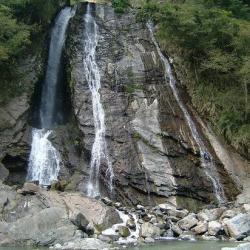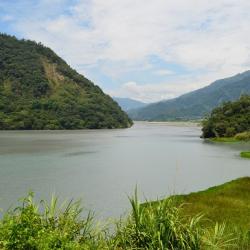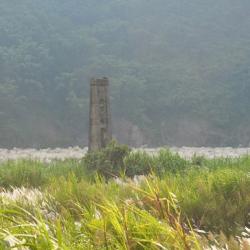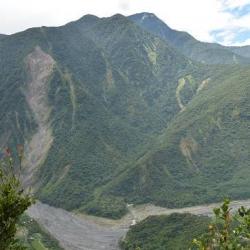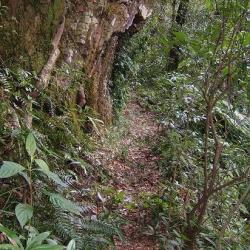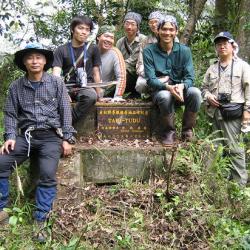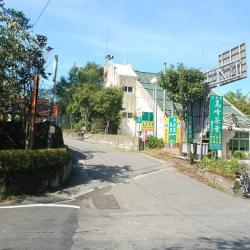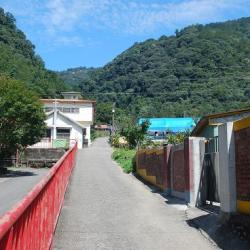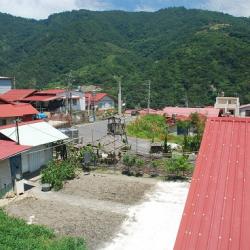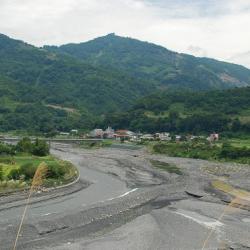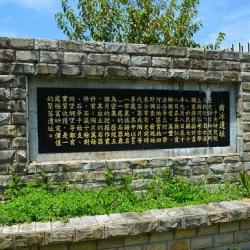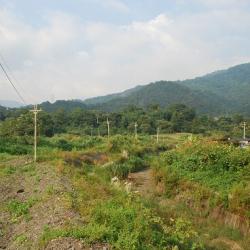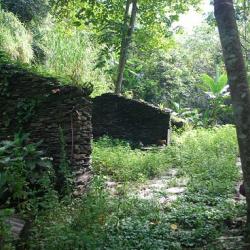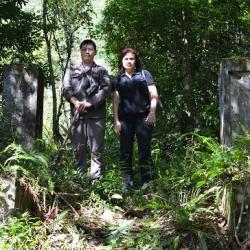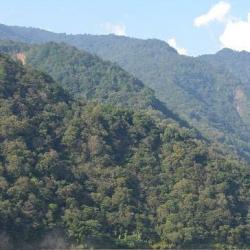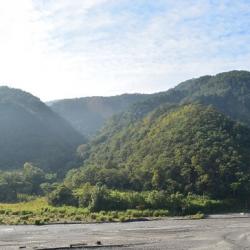The Wushe Kashe Historic Trail, which runs through Renai Township and Xinyi Township in Nantou County, is about 60 km in length. It starts from Wushe in the north and ends in old Bakulasi village. It is mainly formed by the connection between the Wandawushe Trail and the Wandakashe Trail, which passed through traditional territories of the Sediq and Bunun tribes.
The Wushe Kashe Historic Trail was the first trail that regulated indigenous peoples to be studied, because there were important archaeological sites along the way, and that it was possible to get an understanding of the footprints of prehistoric people. However, the Wushe Kashe Historic Trail that was built along the Zhuoshui River was destroyed by the impact from the Jiji earthquake and the Typhoon Morakot. Today, only a few sections of the trail remain.
- - / -
- - - -
- -
- -/-
- -

